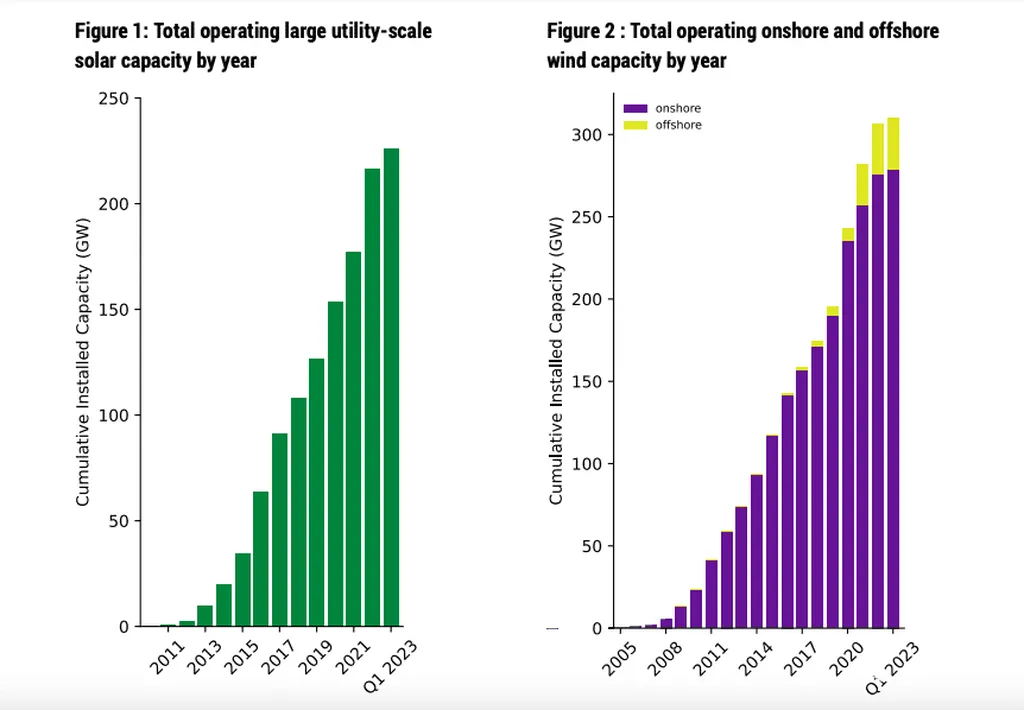In the rapidly evolving landscape of power systems, a significant shift is underway from traditional synchronous generation to inverter-interfaced generation. This transformation, while promising, introduces new challenges such as increased uncertainty, fluctuation, and oscillation. These issues stem from the inherent variability of renewable energy sources and the inertia-less, weak-damping characteristics of power electronics equipment. Enter the virtual synchronous generator (VSG), a technology that emulates the dynamic behavior of conventional synchronous generators, offering a potential solution to these modern grid challenges.
A recent study published in the *International Journal of Electrical Power & Energy Systems* (translated as the International Journal of Electric Power and Energy Systems), led by Chang Li from the School of Electrical and Automation Engineering at Hefei University of Technology in China, delves into the complexities of modeling, controlling, and stabilizing VSGs in future power systems dominated by power electronics. The research provides a comprehensive review of the current state of VSG technology, highlighting both the advancements and the remaining challenges.
“The prerequisite of good support of inertia and damping as well as stiffness by VSG is that VSG can maintain stable operation with power grid,” Li explains. This stability is crucial for the reliable integration of VSGs into modern power systems, which are increasingly reliant on renewable energy sources. The study categorizes various modeling approaches, control methods, and stabilization techniques, offering a detailed analysis of each.
One of the key insights from the research is the need to explore the potential physical mechanisms of instability within VSG-dominated power systems (VDPS). By understanding these mechanisms, engineers and researchers can develop more robust and stable VSG technologies, paving the way for a smoother transition to a power electronics-dominated grid.
The commercial implications of this research are substantial. As the energy sector continues to shift towards renewable energy sources, the stability and reliability of power systems become paramount. VSGs offer a promising solution to these challenges, and the insights provided by Li’s research could accelerate the adoption of this technology. This could lead to more stable and efficient power systems, benefiting both energy providers and consumers.
Looking ahead, the study also discusses future trends and potential advancements in VSG technology. By providing a comprehensive physical insight into the framework of future VDPS, the research aims to guide further developments in this field. As Li notes, “The future trends, discussions, and conclusions are drawn to provide a comprehensively physical insight for the framework of future VDPS.”
In conclusion, this research offers a valuable contribution to the ongoing efforts to stabilize and optimize power systems in the face of increasing renewable energy integration. By addressing the challenges and advancements in VSG technology, the study provides a roadmap for future developments, ensuring a more stable and efficient energy sector.

